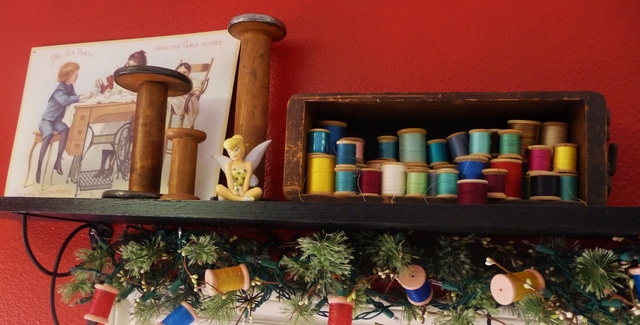
Did you know that--just like the foods in your fridge and pantry--thread has a shelf life? While you may love the vintage threads you inherited from Grandma's collection, Bob Purcell explains why it might not be the best choice for your quilting projects.
A good quality thread today will last much longer than thread which was made 15 or 20 years ago. Even the best quality cotton thread of a generation ago did not have processing techniques available to us today and it would probably be best to avoid using them. However, a top quality cotton thread manufactured today will probalby be fine to use 40 or 50 years from now. The difference is due to a higher quality of cotton and advancements in spinning, dyeing, and twisting technology.
As for polyester thread, the color may fade over the years with exposure to sunlight but there is no evidence that the thread deteriorates so it will last a lot longer than we will.
This great tip was found in the School of Threadology Manual. The book and accompanying DVD lay to rest many of the myths we have heard for years, as well as a great 'hands-on' tips to make your sewing smooth sailing. For more great thread tips check out the complete set available through Superior Threads.



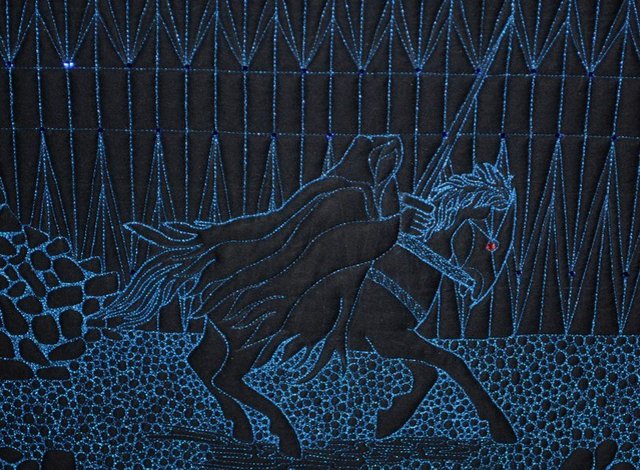
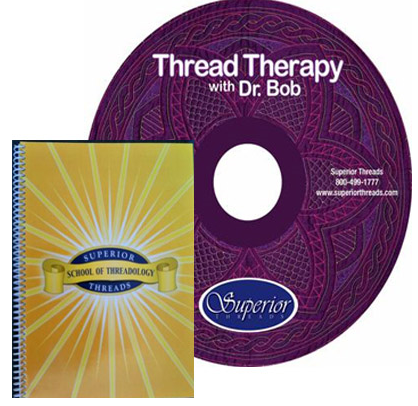

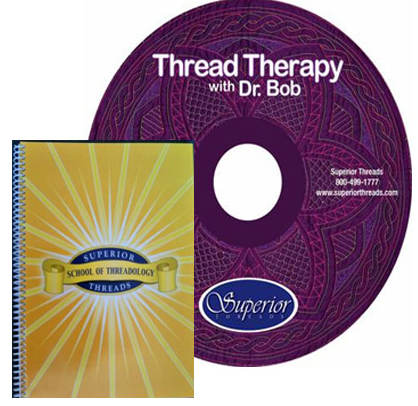
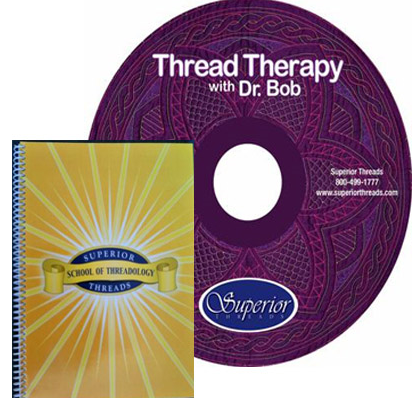


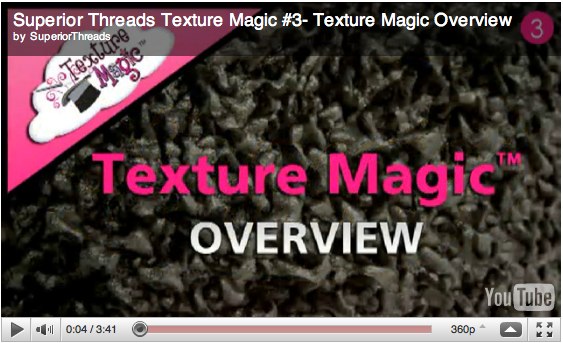
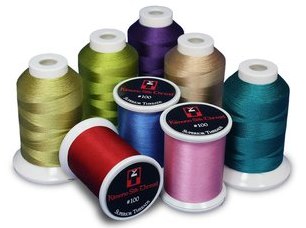



.jpg)


